Extraction Methods for Cannabis Concentrates
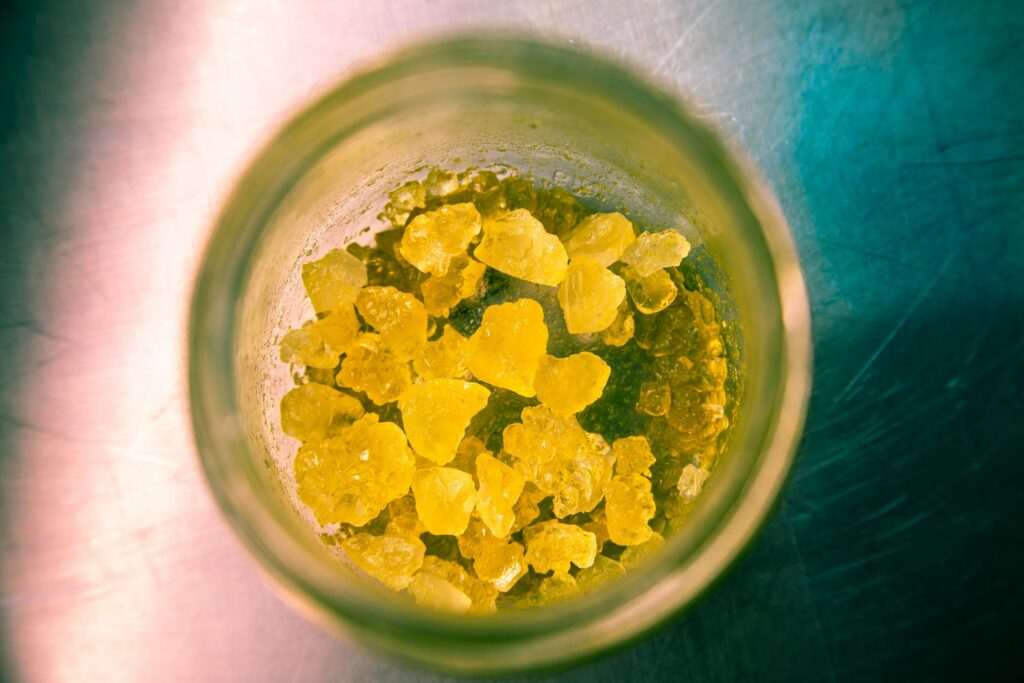
It is becoming more prevalent for retailers to label their cannabis concentrate products according to the extraction process and which solvents, if any, were used. Cannabis concentrates come in different consistencies and forms, and their chemical composition and purity will vary. It all comes down to how it was produced and the source material from which it was derived.
Cannabis concentrates offer a myriad of unique benefits that are not found when smoking matured buds. From simple and accurate dosing to pure, refined flavors, concentrate products focus on the compounds in the cannabis plant that matter the most.
There are several extraction techniques used to create different products with different potencies, but you can generally separate these methods into two categories: solvent extraction and solventless extraction.
Solvent-based Extraction
Extraction methods using solvents are used to produce large quantities. Chemicals such as butane, ethanol, butane, carbon dioxide, and propane act by stripping compounds from the cannabis plant. Purging is part of this process where the solvents evaporate from the extract so when you see a product labeled as solvent-free, it simply means the final product was tested to ensure no remaining solvents are present in the concentrate. This is different from solventless, which does not employ the use of solvents at any time during the extraction process.
Solvent Extracts
- Hydrocarbon extracts are commonly known as BHO (butane hash oil), which are created with pressurized chemicals like propane and butane in a closed-loop system. This extraction process preserves the delicate chemical profile and while purity, consistency, and potency vary in products, a typical THC BHO will have up to 90% of the total cannabinoids. Hydrocarbon extracts are normally vaporized through dabbing.
- CO2 oil extracts are created from carbon dioxide under extreme pressure and temperature. Because it is commonly used in various pharmaceutical extractions, it is known for being safe and noncombustible. These extracts usually come in the form of vape cartridges.
- Distillation is the refining process of a raw extract that contains terpenes and lipids. When it goes through the distillate process, everything is removed leaving only the desired compound, such as THC. After distillation, the extract contains 90% or more in total cannabinoids. These concentrates are flavorless and often used as the base ingredient for cannabis edibles and creams. Sometimes terpenes are added to give it flavor and enhance the effects.
Solventless Extraction
Solventless extraction processes use temperature, pressure, and filtration to draw out the compounds from the cannabis plant. This process is typically more labor-intensive but is becoming more popular because of its natural purity. Although water is the purest solvent you can find, it is still used in a solventless process. Solvents in this sense refer specifically to chemicals.
Solventless Extracts
- Dry sift or dry sieve is a blend of purified resin glands separated from the cannabis bud by being rubbed, rolled, and tumble dried over fine mesh screens. During this agitation process, the resin glands break away from the cannabis plant and the mesh only lets the smallest particles (trichome heads) pass through. Other more complex techniques use static electricity to isolate the resin. The result is a sandy, powder-type resin that is sprinkled over a weed joint for an added kick or it can be pressed into hash or a dabbed rosin.
- Ice water hash or bubble hash goes through an agitation process using iced water that is filtered through bags. The production of ice water hash is also known as washing because specially designed washing machines are used before filtering occurs. After the resin is filtered and dried, it results in a smokable hash with an appearance and texture that ranges from chalky and dry to oily and greasy. The highest grade of ice water hash, that you will find is commonly called ice wax or full melt and these concentrates are typically dabbed. Lower quality ice water hash is pressed into rosin or hash or kept for infusions. Hash quality is rated on a star system with one star applied to the most unrefined products and six being reserved for the highest quality.
- Rosin is a solventless concentrate that is taken by dabbing. It is created through an extraction process that uses gentle heat and high pressure to force the resin from the harvested cannabis buds. This is a very safe and relatively easy process and is a common method done at home by cannabis enthusiasts.

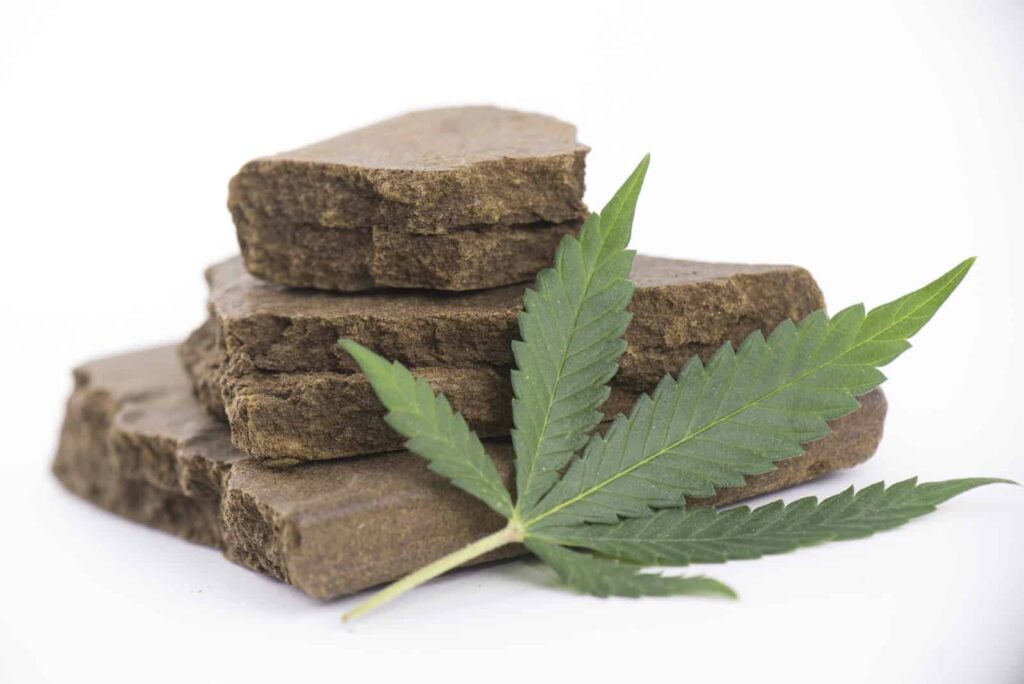
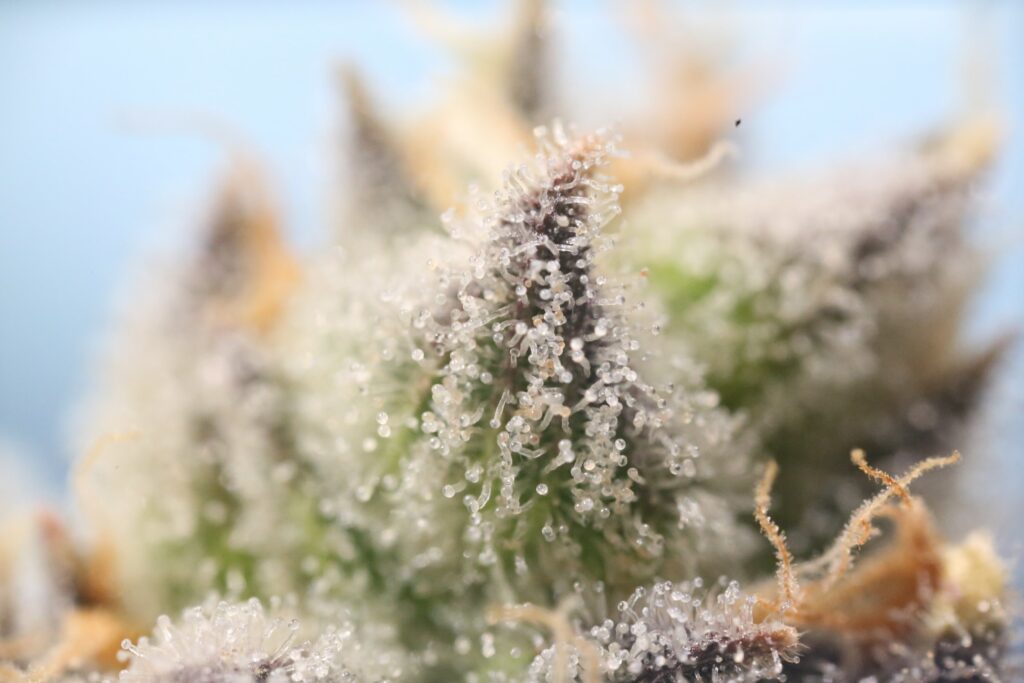
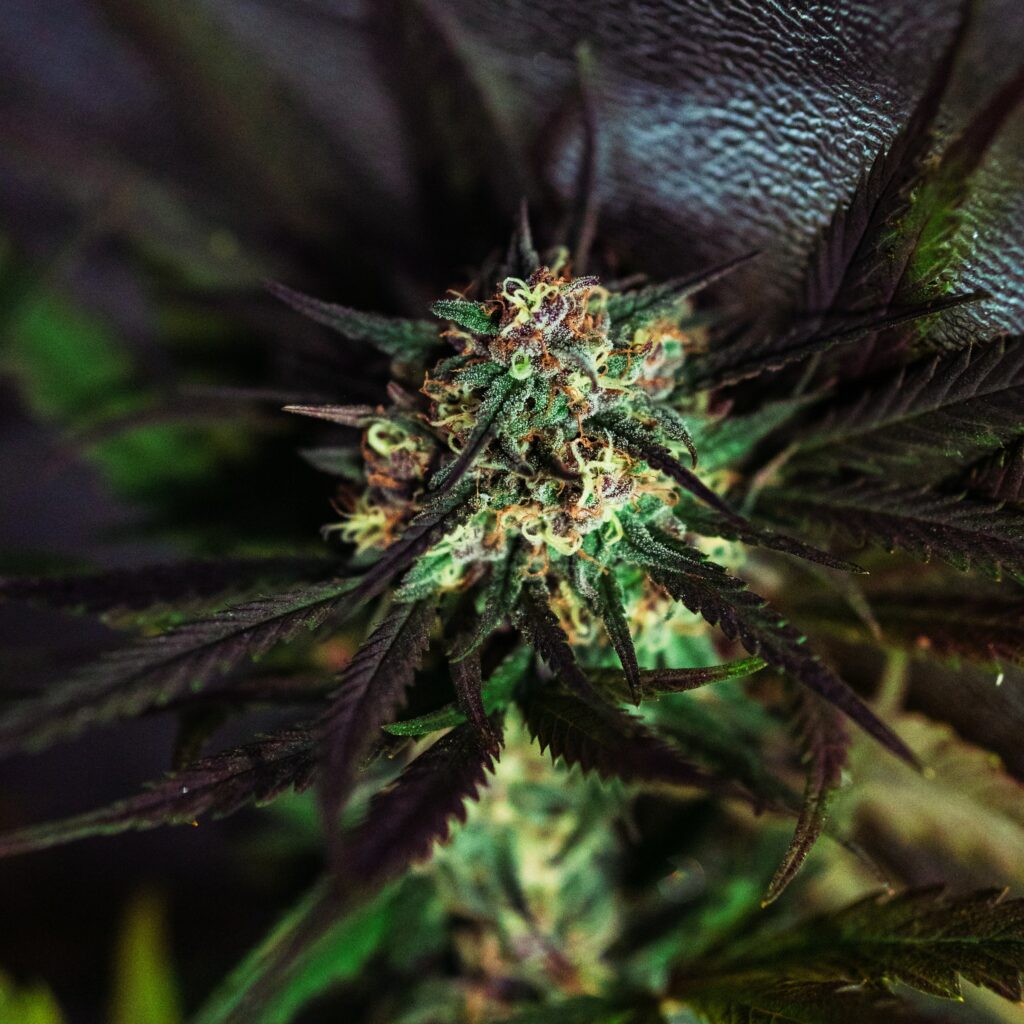
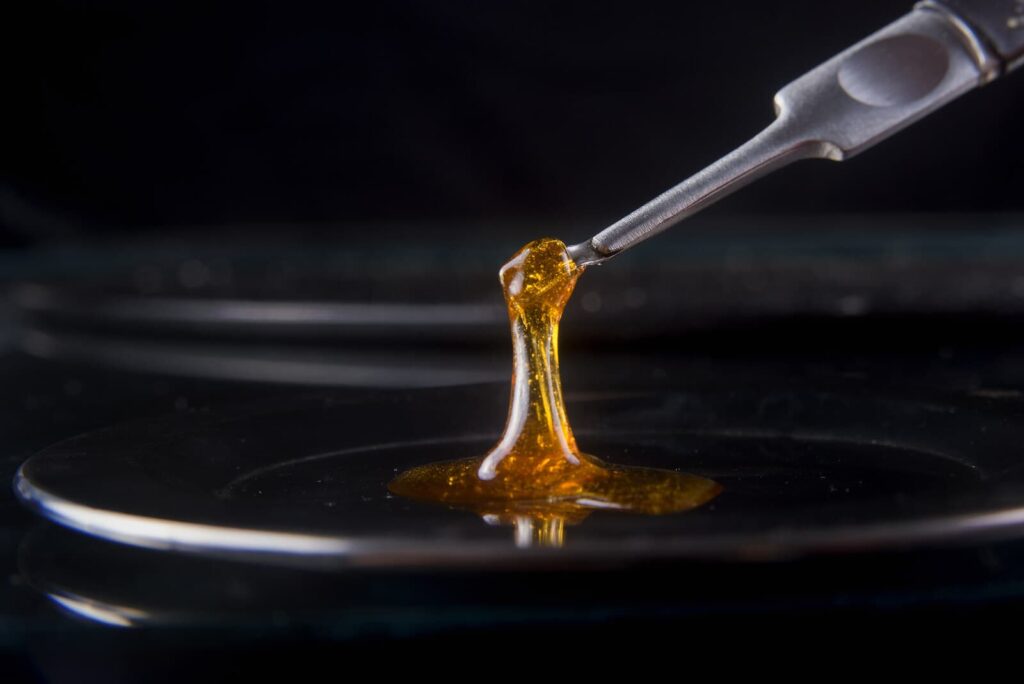
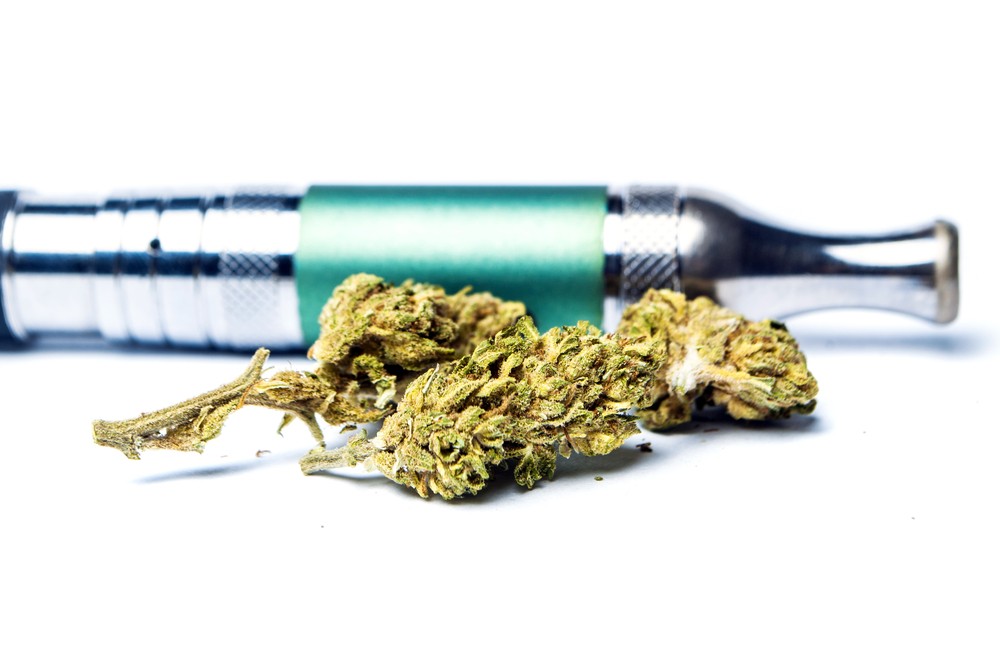
Responses